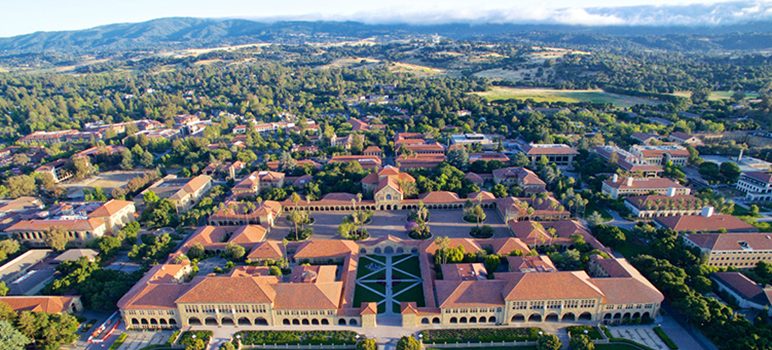Stanford’s proposed $4.6 billion expansion plan is the largest to ever come before Santa Clara County for approval. The university’s proposal includes new staff and faculty housing and transit infrastructure that straddles the borders of Santa Clara and San Mateo counties and the Palo Alto Unified School District.
Unsurprisingly for a project of this scale, negotiations between public officials and the elite college have been fraught with controversy. The county wants the university to do more to address the region’s intractable housing crisis, but the school insists that it’s going above and beyond by throwing billions of dollars worth of new homes and community benefits into the deal.
A few weeks ago, the county Planning Commission unanimously OK’d the general use permit, but final approval isn’t expected until this fall when the Board of Supervisors takes a vote. As negotiations proceed, here are a few takeaways from the plan.
 Number of faculty and staff housing units Stanford proposed. Stanford had initially proposed to build 550 housing units for faculty and staff, but county officials required Stanford to increase that number.
Number of faculty and staff housing units Stanford proposed. Stanford had initially proposed to build 550 housing units for faculty and staff, but county officials required Stanford to increase that number.
![]() The number of below market-rate housing units for staff and faculty Stanford proposes to build.
The number of below market-rate housing units for staff and faculty Stanford proposes to build.
 The amount that Stanford proposes to improve transportation in San Mateo and Santa Clara counties. Stanford will fund bicycle, pedestrian and transit improvements in both counties.
The amount that Stanford proposes to improve transportation in San Mateo and Santa Clara counties. Stanford will fund bicycle, pedestrian and transit improvements in both counties.
 Stanford’s proposed funding for Palo Alto Unified for the next 40 years. In April, Stanford brokered this agreement with PAUSD, contingent upon Stanford’s deal with the county.
Stanford’s proposed funding for Palo Alto Unified for the next 40 years. In April, Stanford brokered this agreement with PAUSD, contingent upon Stanford’s deal with the county.
 The county says Stanford’s plans must not increase vehicle traffic by more than 3 percent. At the latest Planning Commission meeting in late June, Stanford planning official Catherine Palti called that condition virtually impossible to meet.
The county says Stanford’s plans must not increase vehicle traffic by more than 3 percent. At the latest Planning Commission meeting in late June, Stanford planning official Catherine Palti called that condition virtually impossible to meet.
Sources: Stanford University, Santa Clara County


Stanford won’t need any room for expansion after they lose their accreditation for hiring fake law professors like Michele Dauber and teaching crackpot legal theories.
They’ll have lots of unused space when their enrollment tanks.